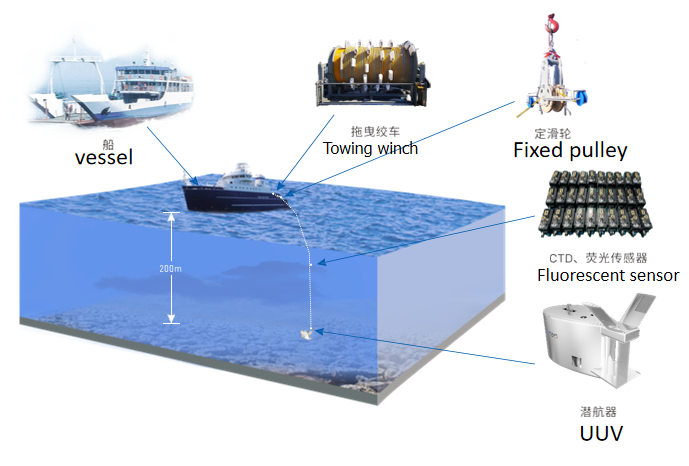
The navigable multi parameter profiling system developed and produced by the POET can simultaneously measure temperature, depth, turbidity, fluorescence, absorbance and other marine environmental parameters. The electromagnetic coupling technology is used to realize the synchronous transmission of energy and signal, which can expand a variety of sensors to meet the needs of various marine investigation tasks.
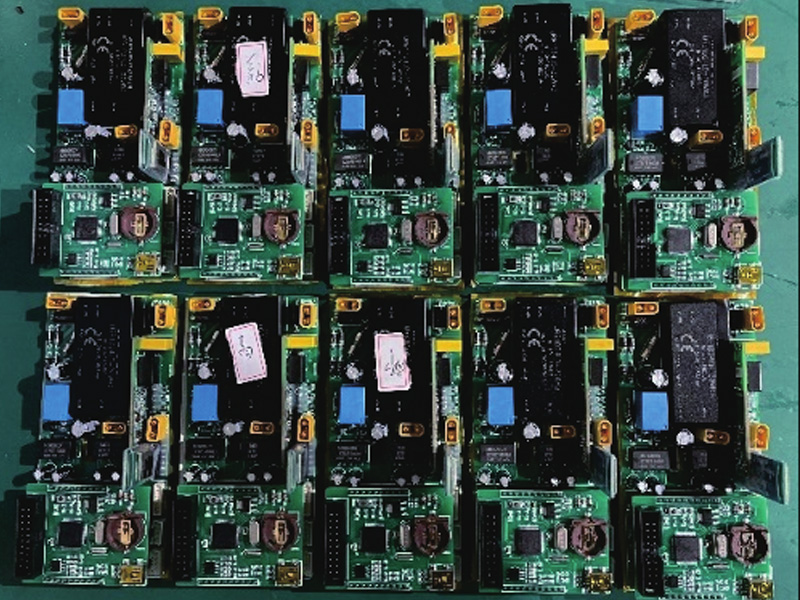
The underwater electromagnetic coupling module developed and produced by Pengpai Ocean can realize underwater non-contact data transmission, and can be used in the fields of marine buoy, submarine buoy, shipborne towing system and so on to realize underwater data acquisition and transmission. The scheme based on the electromagnetic coupling module has the advantages of simple system structure, low failure rate and convenient for offshore operation.
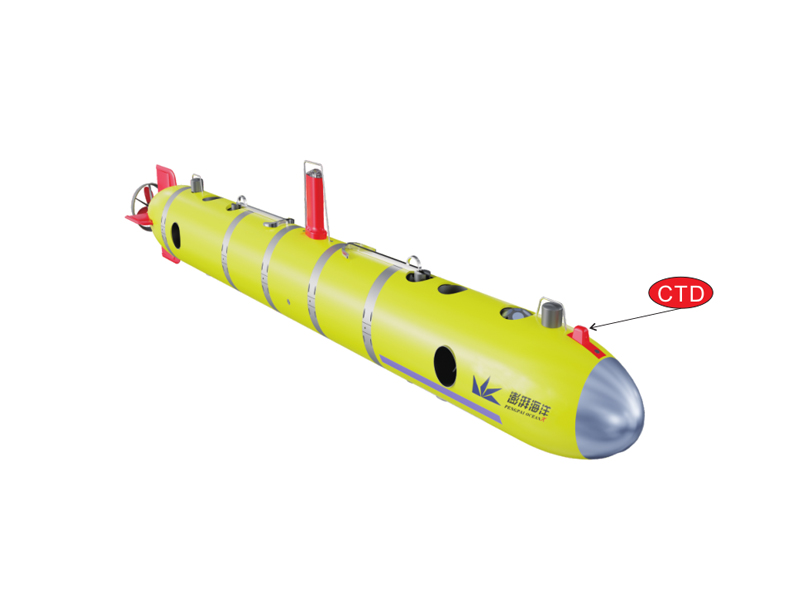
The temperature, salt, depth, fluorescence and other sensor series products developed and produced by Pengpai Ocean have the characteristics of small volume, high precision and high stability. They can be integrated into different equipment II according to the use environment to complete the detection of various ocean parameters.
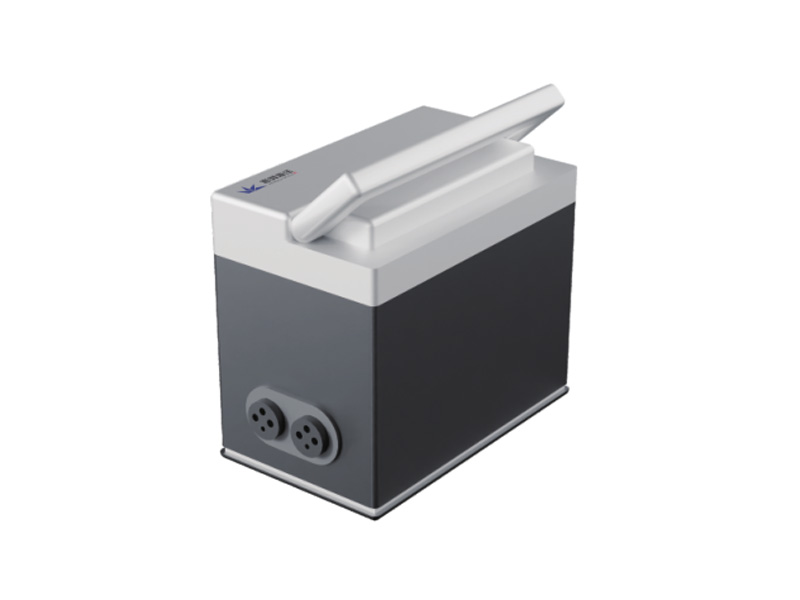
Pengpai Ocean has independently developed a deep-sea pressure-resistant battery, which can be directly put into seawater for use without the need for users to design a pressure-resistant chamber for the battery. The deep-sea battery can be used in series and parallel, and can withstand pressure of 6000 meters, which can provide convenient power energy for deep-sea equipment.
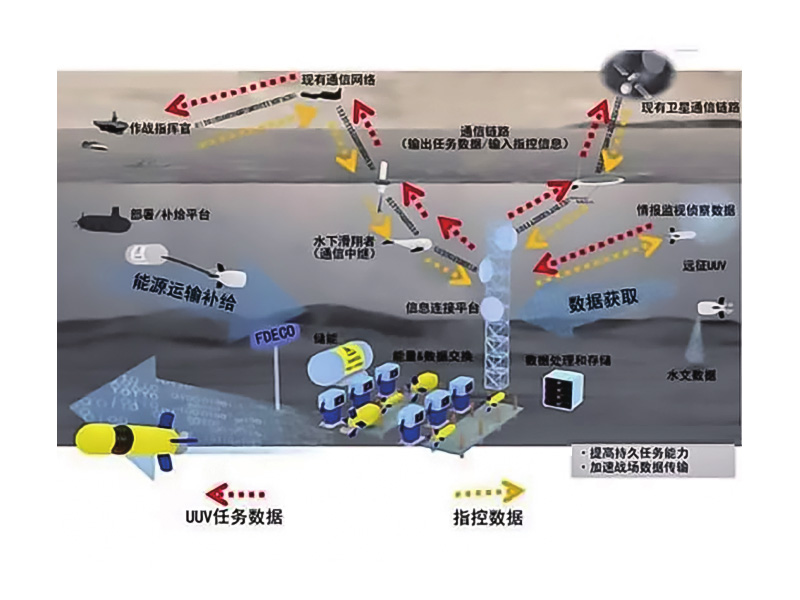
The simulation and training platform for ocean unmanned systems adopts an extensible and modular design idea. Based on the use process of ocean unmanned systems (AUV, ROV, USV, etc.) and the information flow transmission in their actual work, and in combination with the use and operation training requirements of relevant personnel, a digital simulation model is built, which can effectively simulate the dynamic/kinematic characteristics of single/cluster ocean unmanned systems in the marine environment, the use of sensor loads Interaction of environmental information and marine operation process.